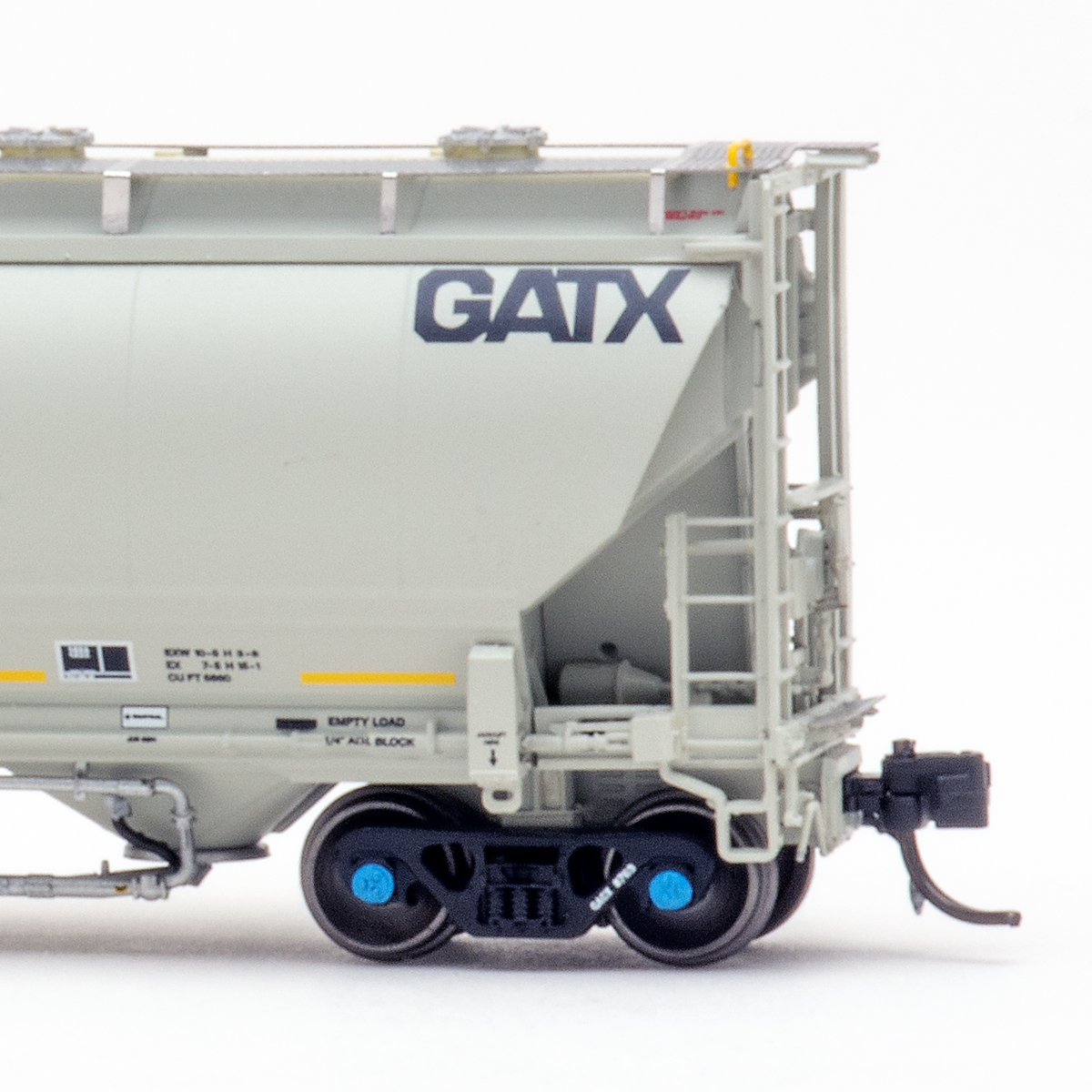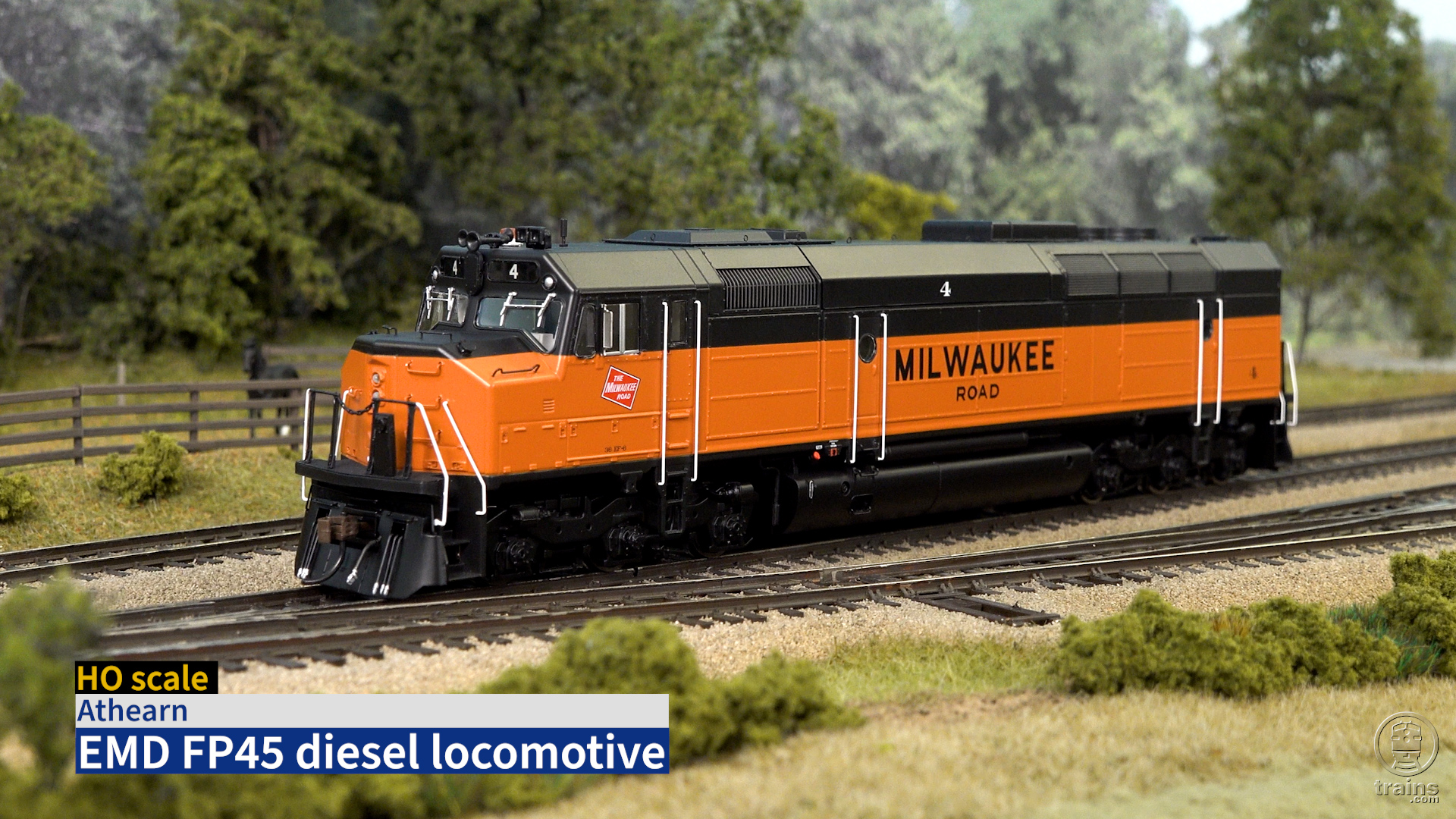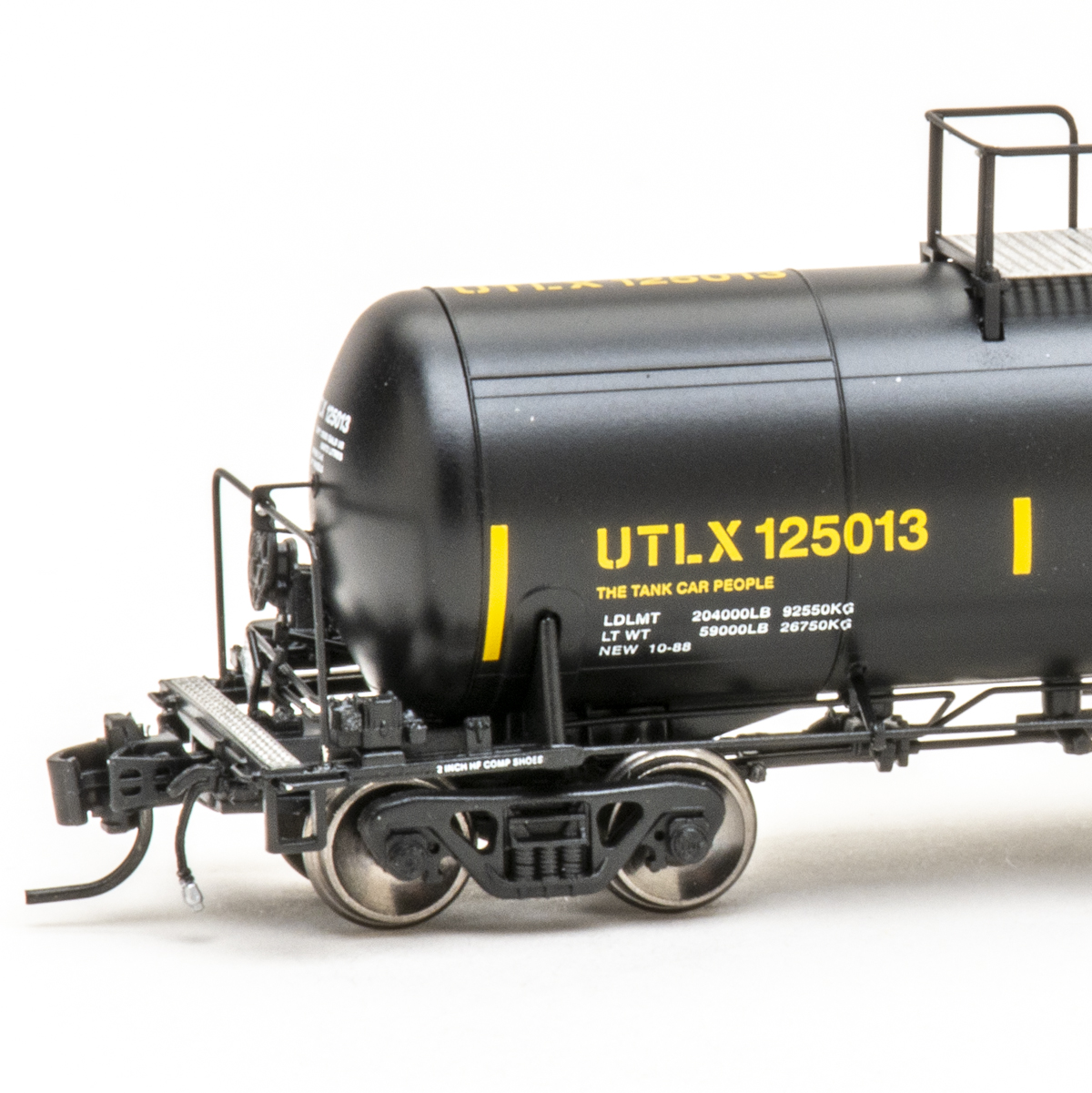The Baltimore & Ohio’s Capitol Limited of the 1950s is Walthers’ newest name train. It has a 10-car streamlined consist, including eight newly tooled cars, pulled by Electro-Motive Division E9A-E8Bm-E9A locomotives. This kitchen-dormitory-dining car set is one of the train’s new signature cars.
The prototype. The Capitol Limited was introduced as the railroad’s flagship passenger train in May 1923. It was the first all-Pullman luxury train between Chicago and Washington and it was an immediate success. The Capitol Limited operated daily for nearly 50 years until Amtrak took over in 1971.
The B&O always put its best equipment on the Capitol Limited. During the Korean War, the B&O began buying small batches of lightweight streamlined sleepers to gradually turn its flagship into a streamliner that included coaches and the only dome cars in the East.
In the meantime, the Chesapeake & Ohio had placed a huge post-World War II order for lightweight passenger cars, including eight two-car sets of kitchen- dormitory-dining cars. Since the C&O didn’t need that many, six sets were sold off to the New York Central, which in turn sold two of its twin diner sets to the B&O in early 1957. The B&O refurbished both of them for the Capitol Limited.
The full dining car normally operated in the forward position to keep it free of cooking odors. It seated 64 passengers in three sections: the rear section had triangular tables seating two, while normal four-place tables were used for the rest of the car to obtain maximum capacity.
The kitchen-dormitory car had two steward’s rooms at the vestibule end that could sleep two men each. A 12-man dormitory came next, with the kitchen and pantry at the front, facing the dining car. Exterior doorways were provided at the middle of the car so the kitchen could be restocked. A passageway around the outside of the kitchen (wide window side) let passengers reach the diner from the rear of the train.
The model. The HO scale models use the same modular construction as previous Walthers passenger cars. A concealed box frame has a series of small openings that the roof, sides, ends, and floor castings latch into.
Styrene interior details are molded into the floor with partitions and tables glued to the floor. The walls and seats are molded in a buff-colored plastic while the tables are white to simulate table cloths that can be easily seen through the windows. Car roofs are removable for adding passenger figures.
There’s no skirting on these cars, so the basic underbody details are visible from the side and accurately placed. Weathering the parts with simulated gray road dust would really make these parts pop out. However, all of the underbody plumbing is omitted.
Our sample models closely match the prototype Pullman-Standard floor plans and general arrangement drawings.
A pair of long steel weights is sandwiched between the interior floor and the underbody to carry electrical power for the lighting circuit.
Both cars ride on Walthers General Steel Castings type 41-N-11 4-wheel trucks with National Model Railroad Association RP-25 contour metal wheels which are mounted in gauge. All eight wheels pick up current for lighting. Interior lighting kits are available separately for $15.98.
Proto-Max magnetic knuckle couplers are mounted in swinging coupler boxes. Walthers recommends operation on minimum 24″ radius curves, but scale length cars like these look better on wider curves. Both cars have one-piece diaphragms that move against their internal springs, but the coupler spacing doesn’t allow the face plates to touch.
The carbodies are finished in the B&O’s standard blue and gray with black roofs and gold lettering and stripes. A plated metal finish on the lower sides looks like the prototype’s fluted stainless steel. It has a slightly grainy look that captures stainless steel’s appearance after it’s accumulated some road dirt. A sheet of decals is included so the modeler can add the desired car numbers.
Walthers’ complete Capitol Limited includes: a baggage-dormitory-coffee shop combine, 56-seat coach, Strata- Dome coach, Budd Slumbercoach, 16-4 sleeper, Strata-Dome 5-3-1 sleeper, diner, kitchen-dormitory, 10-6 sleeper, and a 5-bedroom-buffet-lounge observation (square end).
I can’t wait to see the rest of the train as these cars include some of Walthers’ best finishing work.
Price: $74.98 each
Manufacturer
Wm. K. Walthers Inc.
P.O. Box 3039
Milwaukee, WI 53201
Era: 1957 to 1967
Road names: Baltimore & Ohio
Features
▪▪Minimum radius: 24″
▪▪Proto-Max knuckle couplers at correct height
▪▪Scale 36″ RP-25 contour metal wheels in gauge
▪▪Weight: 7 ounces each, matches NMRA RP-20.1














